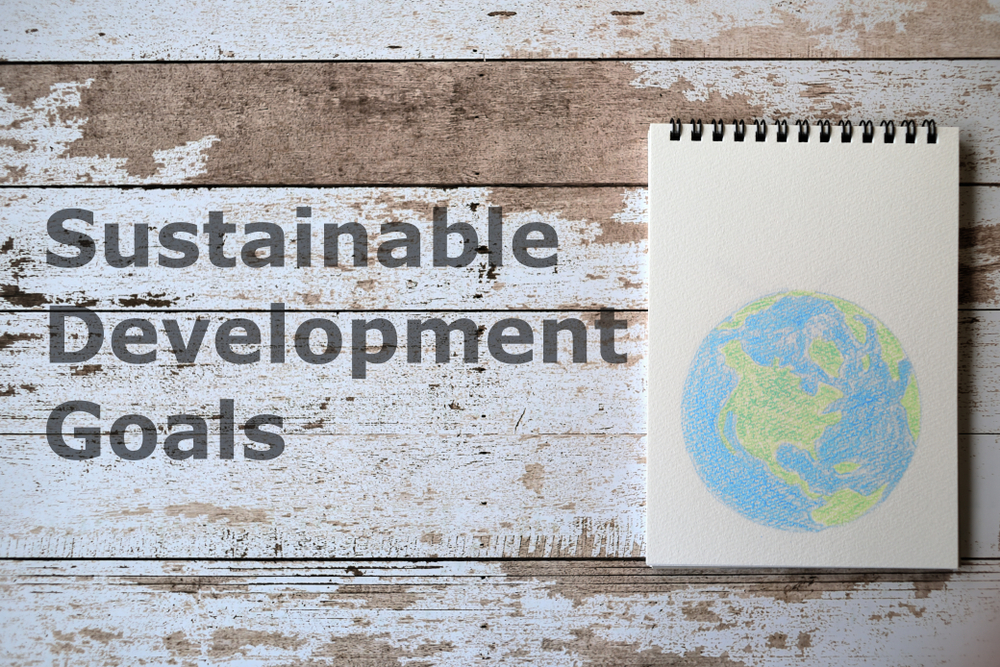The UN has devised 17 Sustainable Development Goals which have been formulated to tackle some of the most pressing issues facing global society and the environment today. All goals are interconnected and the aim is to have achieved them by the year 2030, with support from almost every country and territory in the world. Some of the driving forces behind the creation of the SDGs can be seen in the infographic attachment.
The oil and gas industry is pivotal to the success of achieving these goals, with multiple changes required to deliver a sustainable future for human society and for the planet we live on. As a senior business leader in the global oil and gas industry, Marcel Kooter has a passion for sustainable solutions and experience in delivering strategies that make better use of resources without compromising on meeting global energy needs.
Achievement of the SDGs by the target date is ambitious and will require full cooperation from all industries, communities, governments and organisations around the world. The energy sector is an essential component of this cooperation, not only because of its size but also because of the huge impact this sector has on the environment and on society.
The oil and gas industry in particular has the potential to make a huge impact across every single one of the 17 SDGs, either through creating positive change or mitigating negative activity.
Energy Drives the Global Economy
Since the start of the Industrial Revolution in the 19th century, the global economy has been largely driven by the energy industry. While efforts are underway to transition to greener, more sustainable sources of energy, fossil fuels still make up a high percentage of all energy resources.
At present, approximately 23% of the world’s energy mix comes from natural gas and 40% from oil. This leaves the oil and gas industry under tremendous pressure to contribute to the Sustainable Development Agenda by changing practices that have a negative impact on the environment or society and adopting new practices that can have a positive impact.
Climate change concerns and carbon dioxide emissions are the two biggest challenges facing the oil and gas industry today. European companies are currently leading the way in terms of setting emissions targets for reduction, but there is still a long way to go.
Globally, the oil and gas sector has not yet contributed enough to addressing the issues of climate change and carbon emissions. Current engagements therefore need to be urgently extended and the principles of the Agenda need to be more firmly embedded in all strategies of major oil and gas companies moving forward.
The embedded PDF explores how carbon emission levels have rebounded following the easing of COVID-19 lockdown restrictions around the world.
Transparency
Increased transparency within the oil and gas industry has been identified as a key driver of achieving the SDGs by the target date. More transparency means better accountability, which in turn requires more co-operation between stakeholders.
Transparency is a key tool in fighting corruption within the industry. Corruption is one of the contributing causes to poverty, gender inequality, child mortality and lower graduation rates for education.
Challenging all of these is a large part of the blueprint of the SDGs. Corruption can also be responsible for subverting environmental regulations, undermining responsible production and distorting market incentives.
A definition of transparency as the term relates to business can be seen in the short video attachment to this post.

